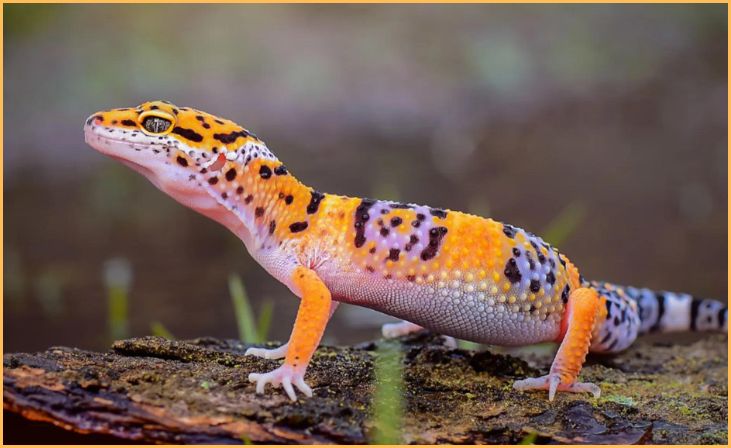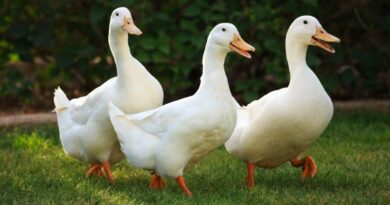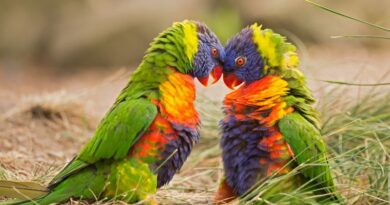Embarking on the exciting journey of reptile ownership? Delve into the world of lizard companionship with our guide to the 7 best lizard pets for beginners. Discover the joy of caring for these captivating creatures, each with its unique traits and manageable care requirements. From docile bearded dragons to the charming leopard geckos, this comprehensive list ensures a seamless transition into the realm of lizard ownership. Whether you’re a first-time reptile enthusiast or looking to expand your scaly family, our guide is your roadmap to fostering a rewarding and lasting connection with these incredible pets.
7 Best Lizard Pets for Beginners
Leopard Gecko

Known for their charming personalities and striking appearance, leopard geckos (Eublepharis macularius) top the list of best lizard pets for beginners. These small-sized reptiles are relatively easy to care for and have a calm disposition, making them ideal for novice lizard owners. Leopard geckos thrive in a simple terrarium setup with a heat source, hide spots, and a substrate suitable for burrowing. Their insect-based diet and low maintenance requirements make them a popular choice, ensuring a rewarding experience for those new to lizard ownership.
Also Read: Biggest Fish That Command Awe and Wonder
Bearded Dragon
Renowned for their docile nature and sociable behavior, bearded dragons (Pogona spp.) are another excellent choice for beginners. With a variety of species available, these medium-sized lizards are known for their distinctive beard-like pouch and vibrant coloration. Bearded dragons are omnivores, enjoying a diet of insects and leafy greens. Setting up a spacious enclosure with proper heating, UVB lighting, and a basking area mimicking their natural habitat ensures a comfortable living environment for these captivating companions.
Crested Gecko
If you’re seeking a low-maintenance yet visually stunning lizard, the crested gecko (Correlophus ciliatus) fits the bill. Originating from New Caledonia, these arboreal reptiles have unique crests along their heads and backs, adding to their allure. Crested geckos thrive in vertically oriented terrariums with live plants, offering them places to climb and hide. Their diet primarily consists of commercial powdered diets, simplifying feeding routines. With a moderate size and gentle demeanor, crested geckos are an excellent choice for those looking to start their reptile-keeping journey.
Blue-Tongued Skink

The blue-tongued skink (Tiliqua spp.) stands out as a beginner-friendly lizard due to its hardy nature and distinctive blue tongue, which it uses as a defensive mechanism. These ground-dwelling lizards appreciate a spacious enclosure with a basking spot, hiding areas, and a varied diet of insects, fruits, and vegetables. Blue-tongued skinks are known for their inquisitive and calm demeanor, making them a delightful addition to households seeking a unique and manageable reptile companion.
Anole
Anoles (Anolis spp.) are small, lively lizards that make great pets for beginners, especially those with limited space. Native to the Americas, these arboreal reptiles thrive in vertically oriented enclosures with ample foliage for climbing. Anoles require UVB lighting and a diet consisting of insects, ensuring a well-rounded care routine. Their vibrant color-changing abilities and active behavior provide entertainment, making them an excellent choice for those looking to observe the dynamic behaviors of a smaller lizard species.
Sudan Plated Lizard
The Sudan plated lizard (Gerrhosaurus major) appeals to enthusiasts seeking a larger lizard with manageable care requirements. Native to Africa, these diurnal lizards showcase a distinctive plated appearance and are generally hardy in captivity. Providing a spacious enclosure with a basking area, substrate for digging, and a varied diet of insects and leafy greens ensures the well-being of Sudan plated lizards. Their calm demeanor and unique physical features make them an intriguing choice for those looking to step into the world of larger lizard companions.
Also Read: Signs Of Snakes Around Your House
Kenyan Sand Boa

For those interested in a lizard with a more unique physical form, the Kenyan sand boa (Eryx colubrinus loveridgei) is a fascinating choice. Despite the name, they are actually a type of burrowing snake, making them a distinctive addition to this list. With minimal care requirements, a secure enclosure, and a diet of appropriately sized prey, the Kenyan sand boa offers a different perspective on reptile ownership for beginners. Their manageable size and relatively undemanding nature make them an intriguing choice for those who appreciate the diversity within the lizard and snake world.
Conclusion
In the realm of reptile companionship, the journey begins with the right lizard. Navigating the nuances of beginner-friendly species opens the door to a fulfilling and educational experience. From the charismatic bearded dragon to the enchanting leopard gecko, these seven lizard pets offer a gateway to the captivating world of reptile ownership. Choose your scaly companion wisely, embrace the joy of caring for these unique creatures, and embark on a reptilian adventure that promises years of companionship and wonder.
FAQs
Bearded dragons are renowned for their gentle temperament, easy handling, and adaptable diet, making them ideal for novice reptile enthusiasts. Their docile nature and manageable care requirements contribute to a positive and enjoyable ownership experience.
To create an ideal habitat for a beginner lizard, focus on providing proper heating, lighting, and substrate. Research the specific needs of your chosen lizard species, ensuring the enclosure mimics their natural environment. Regular monitoring and adjustments will help maintain a healthy and happy living space for your new scaly friend.







